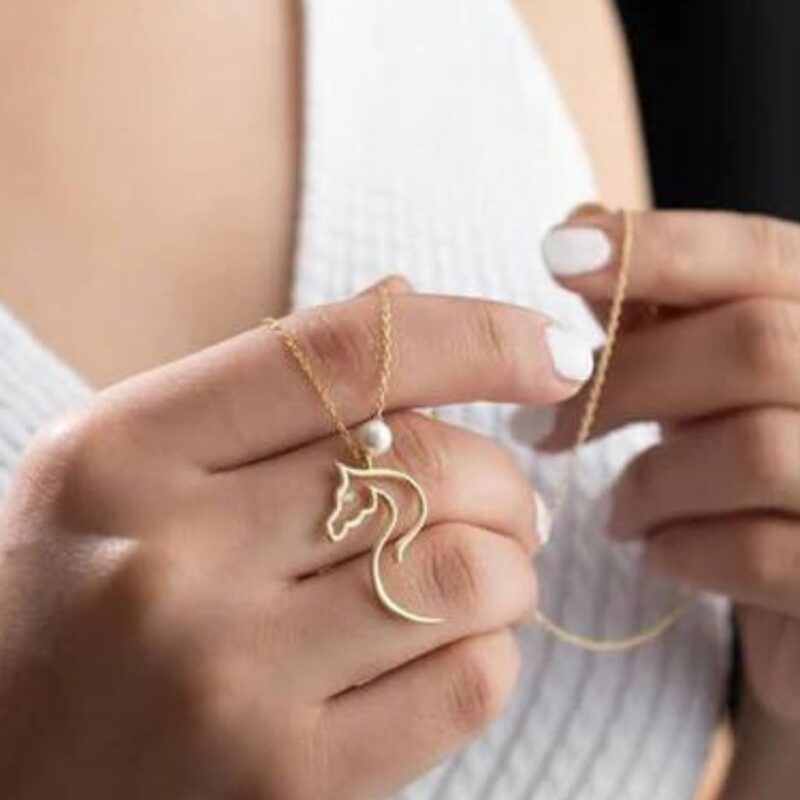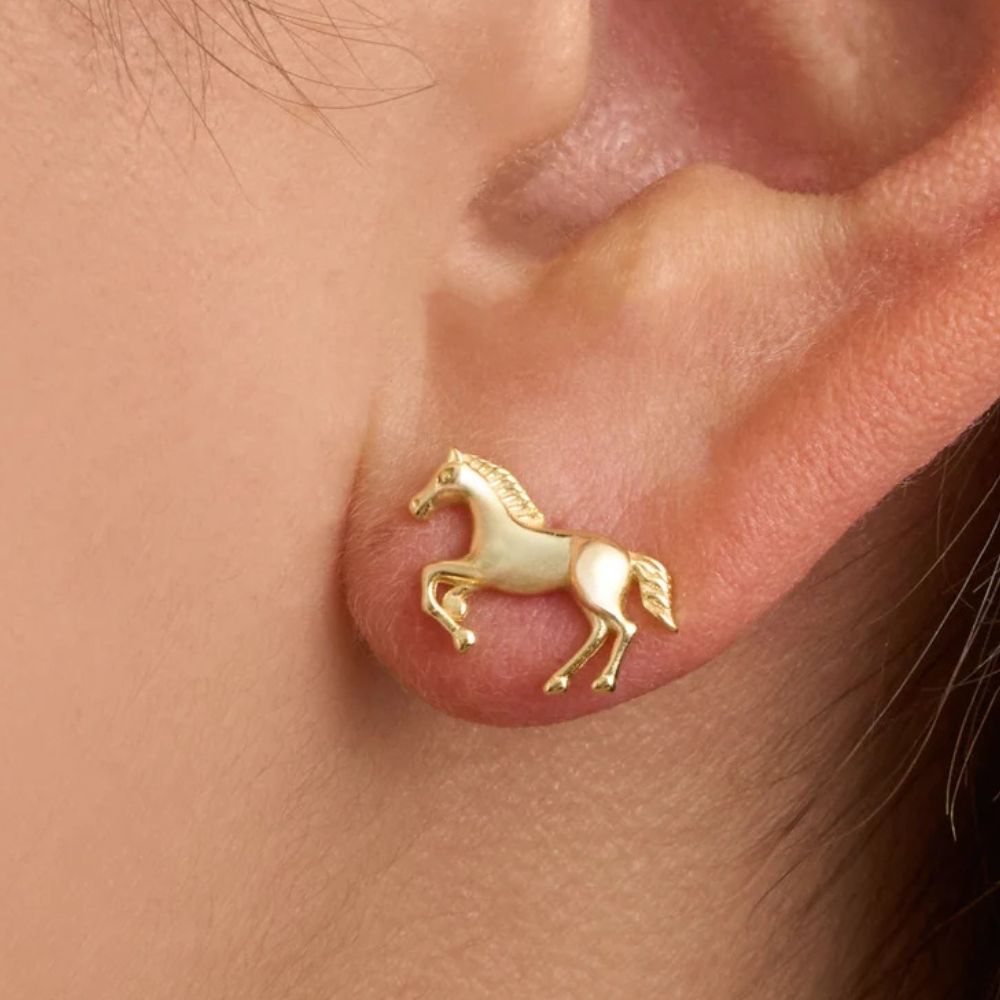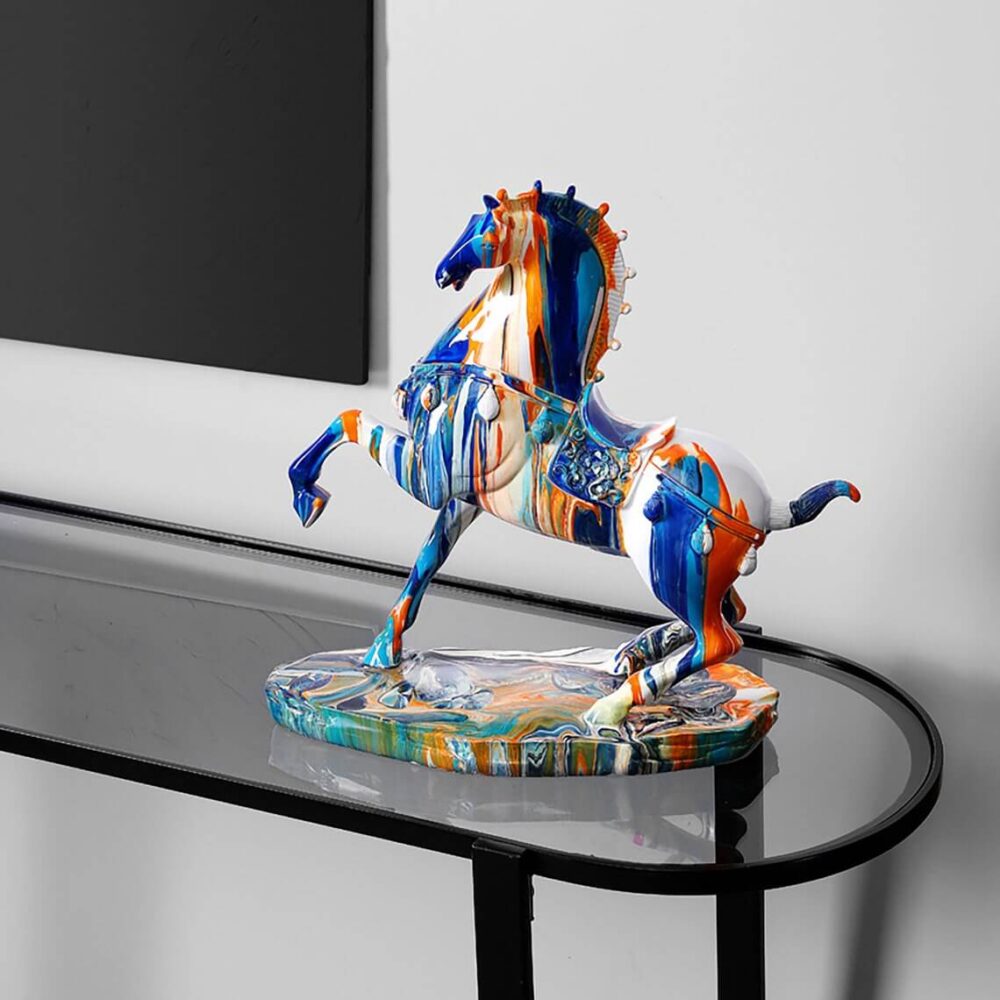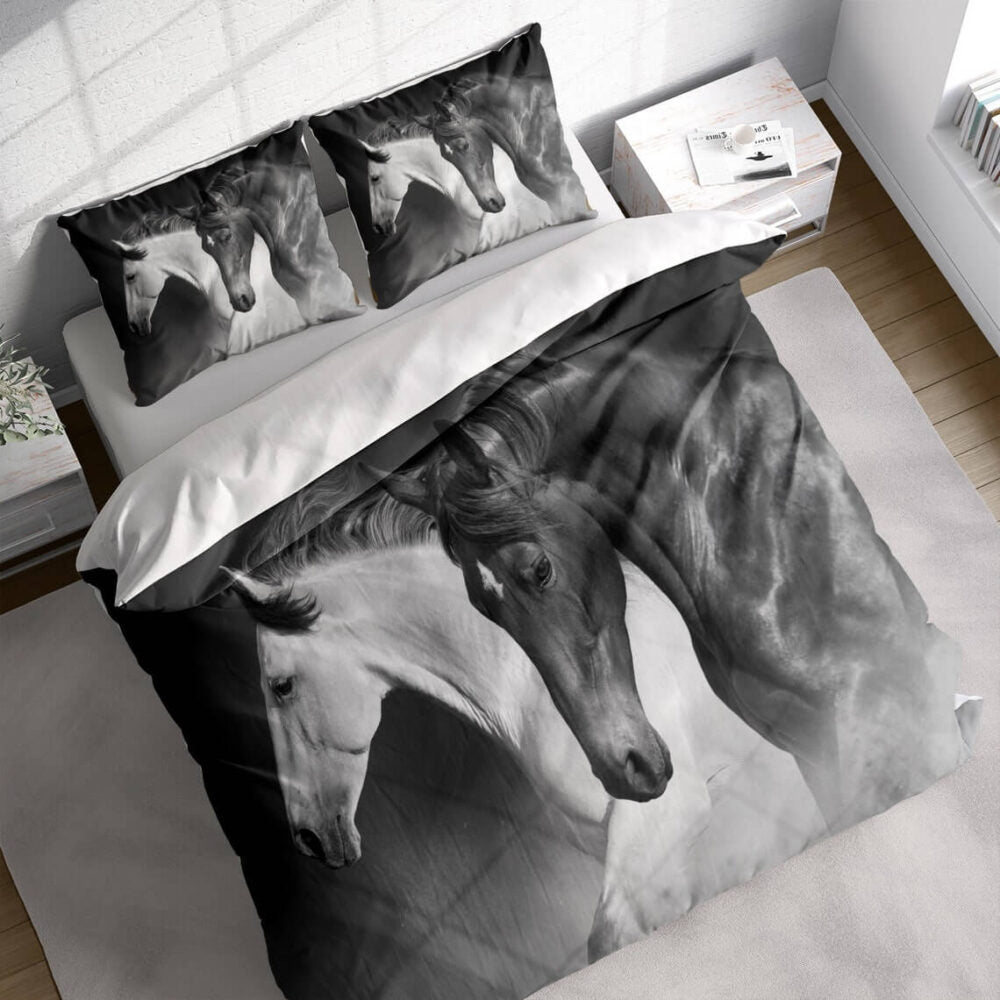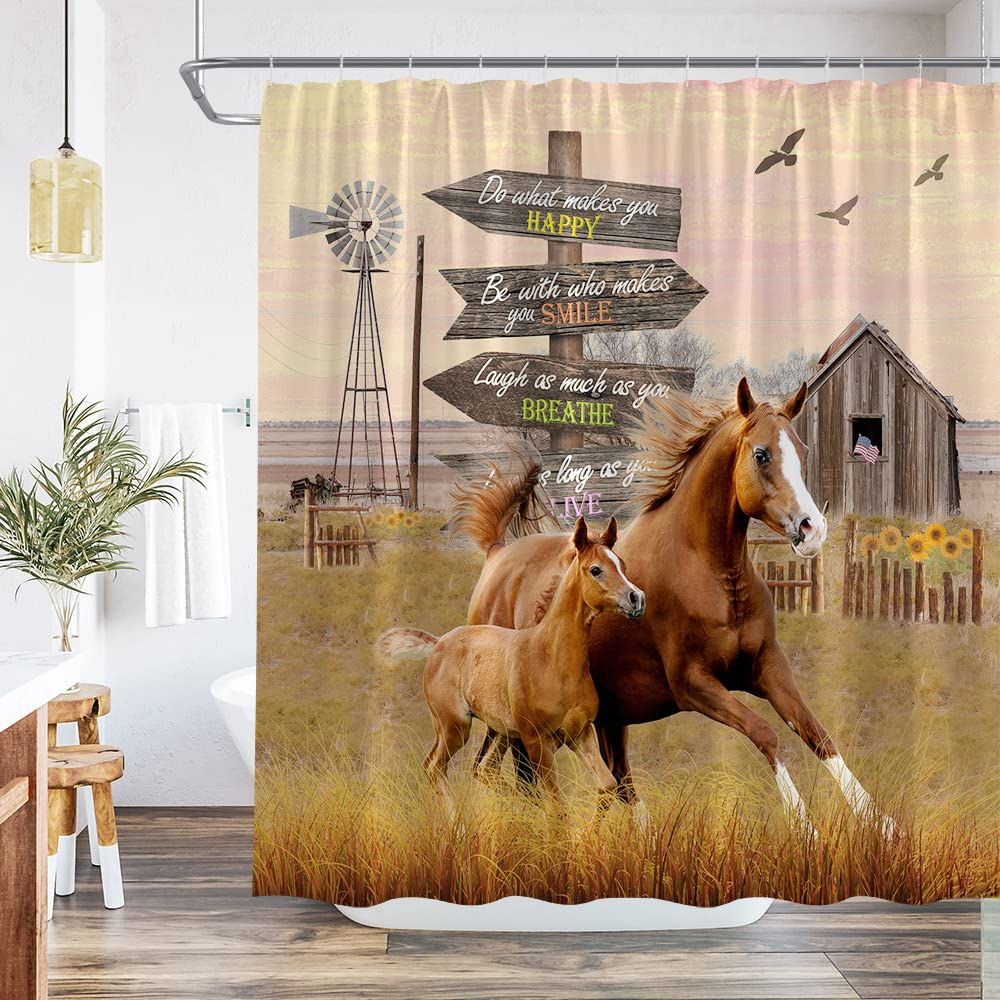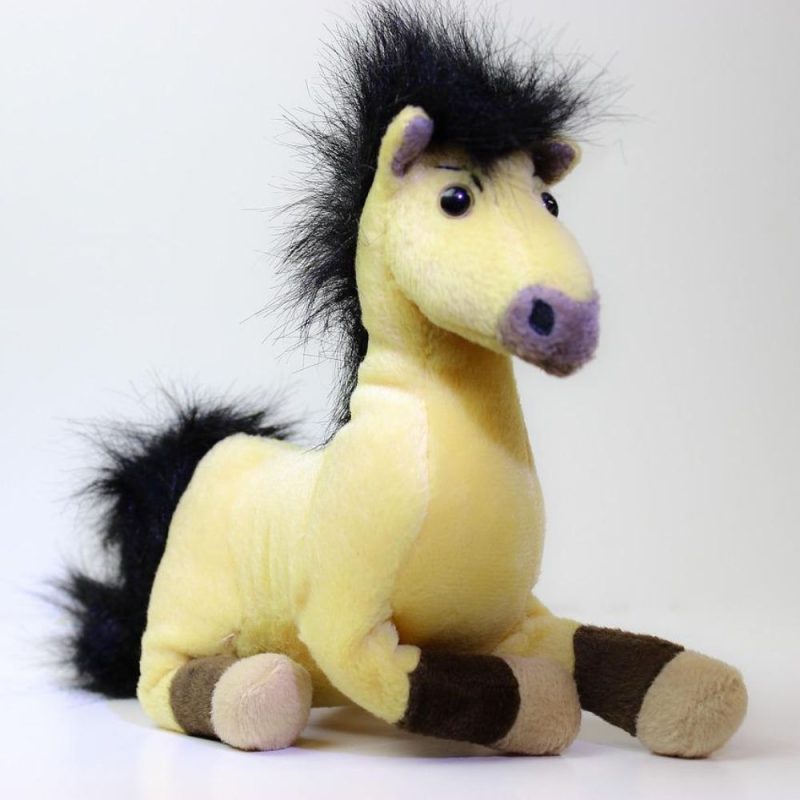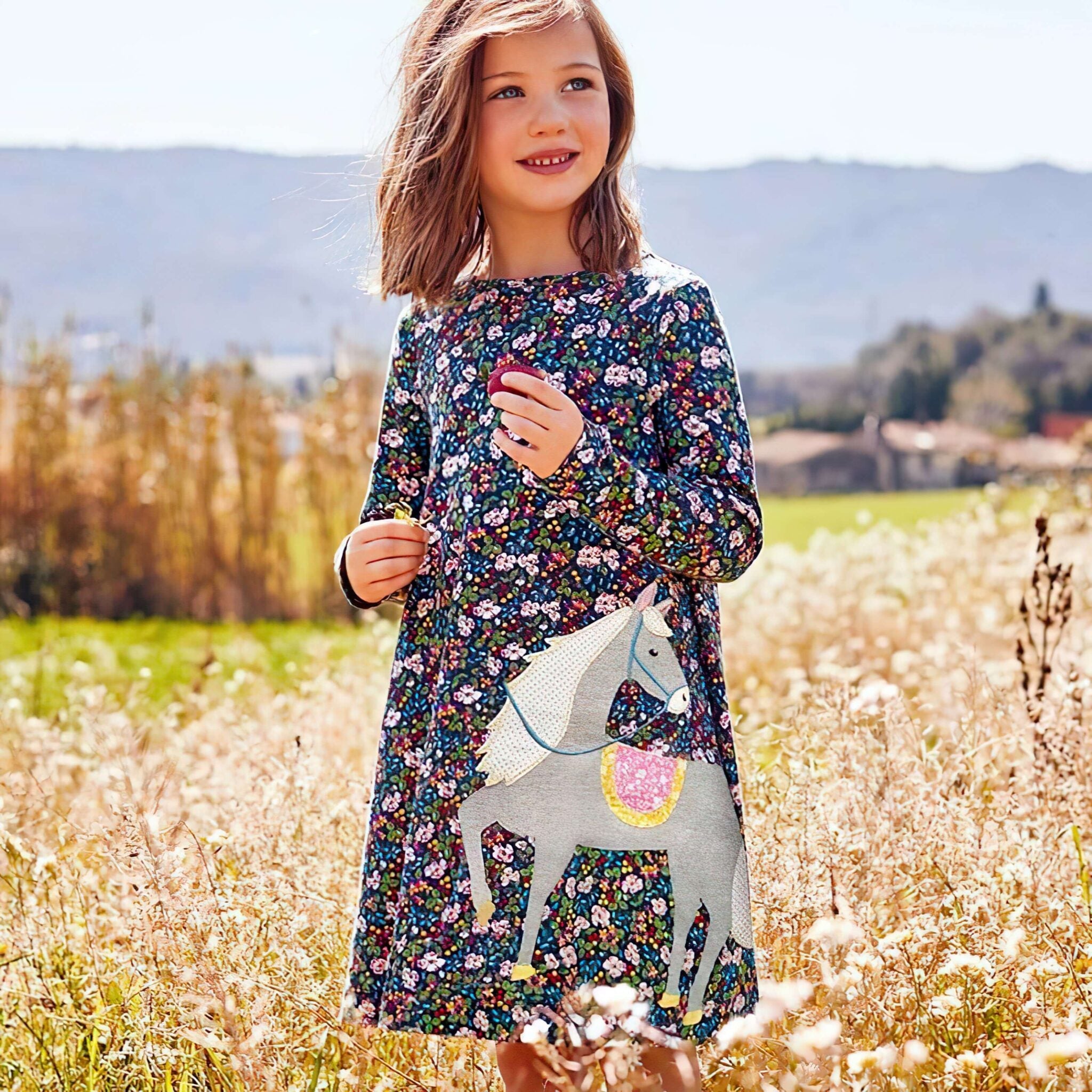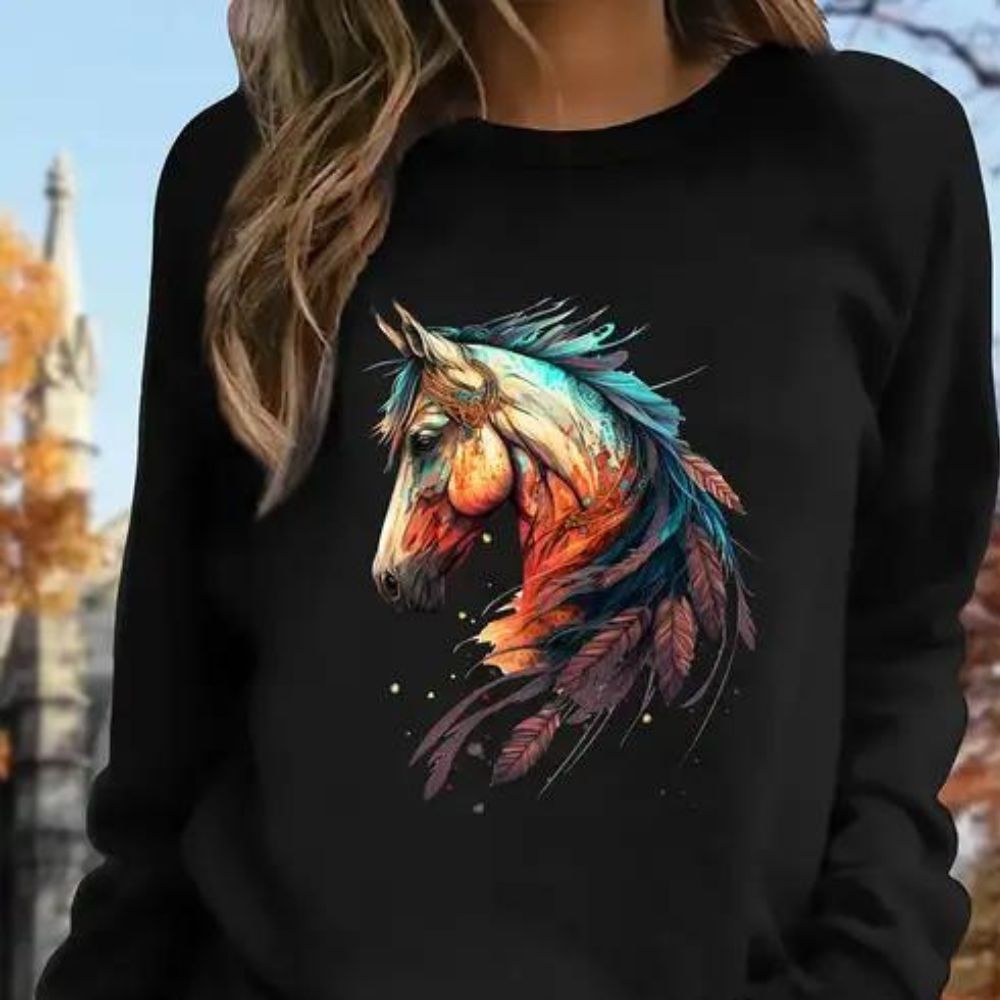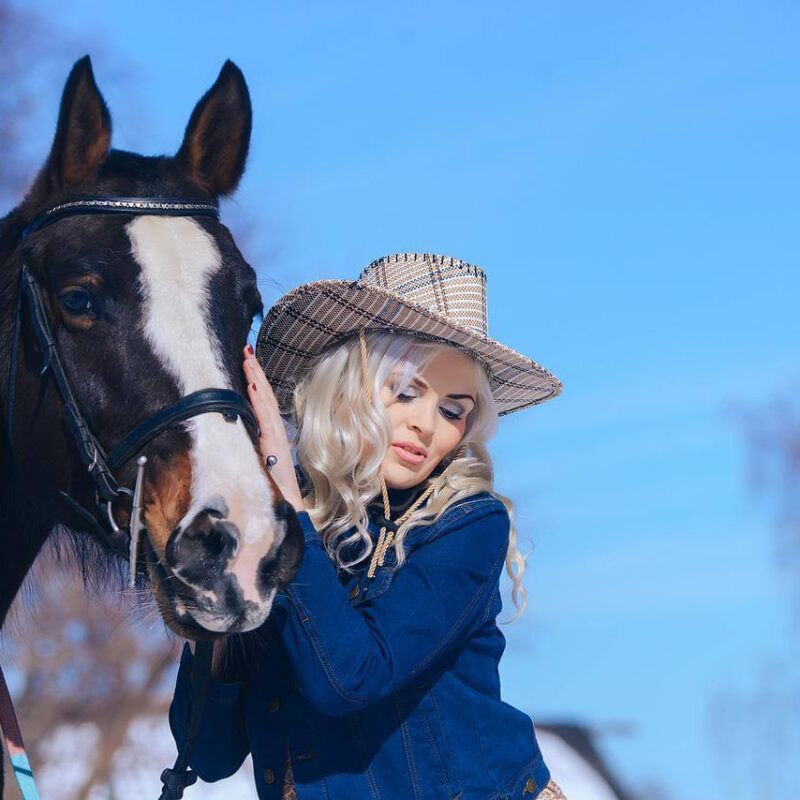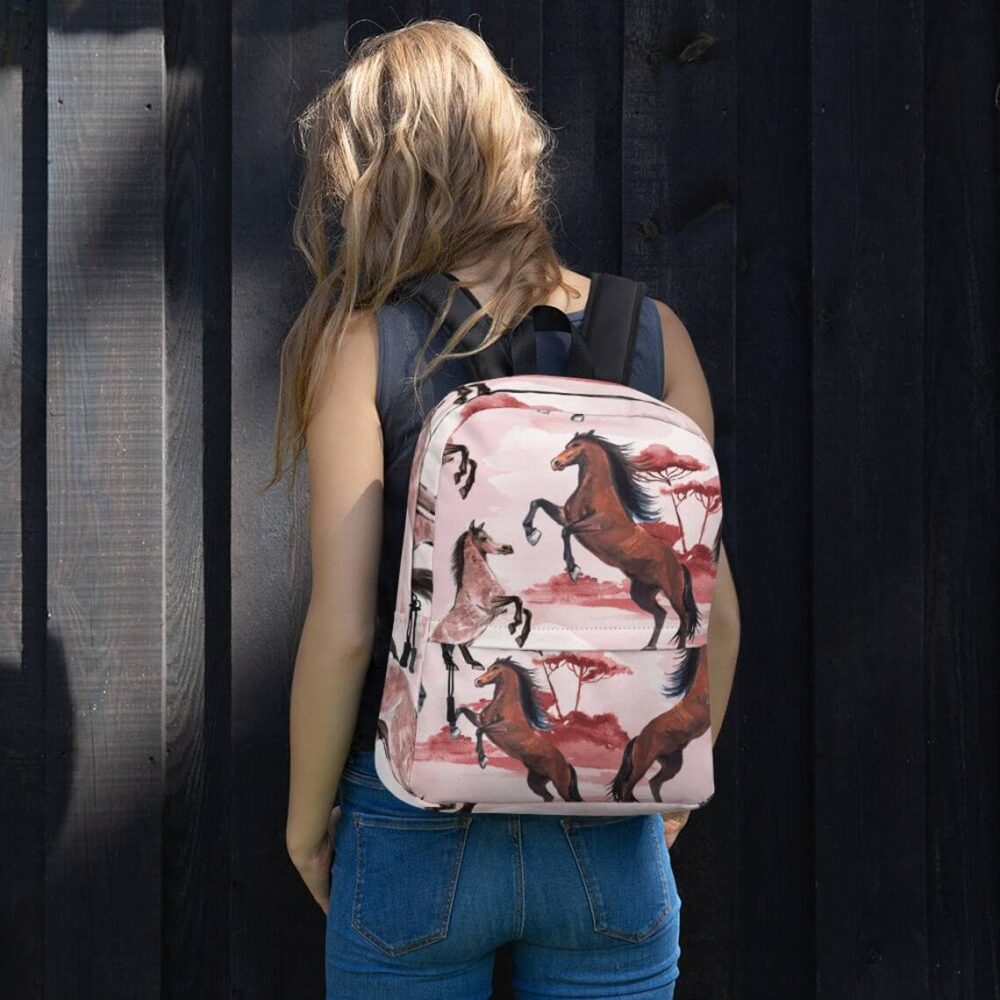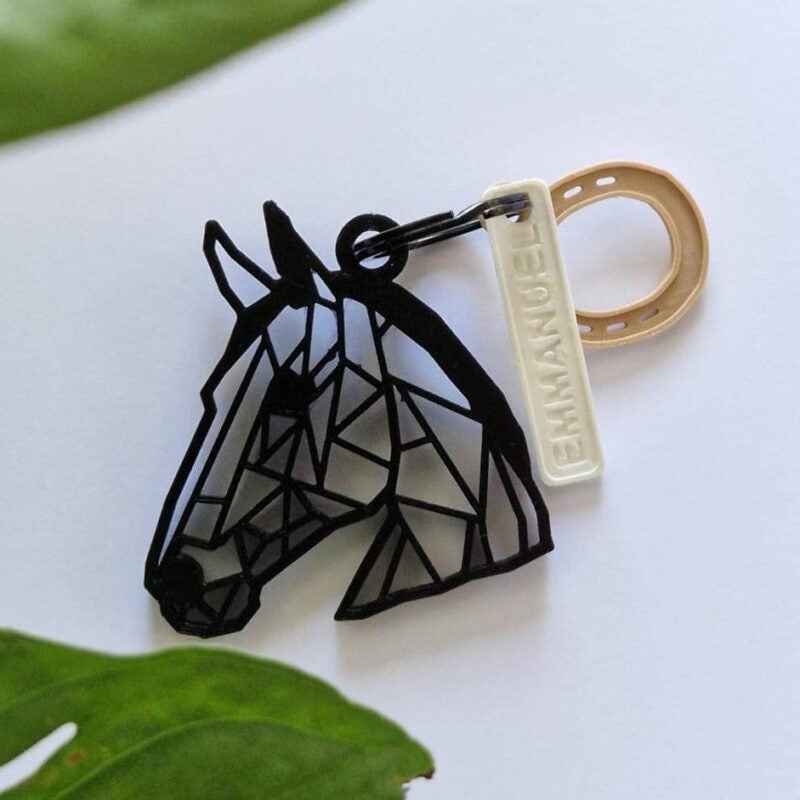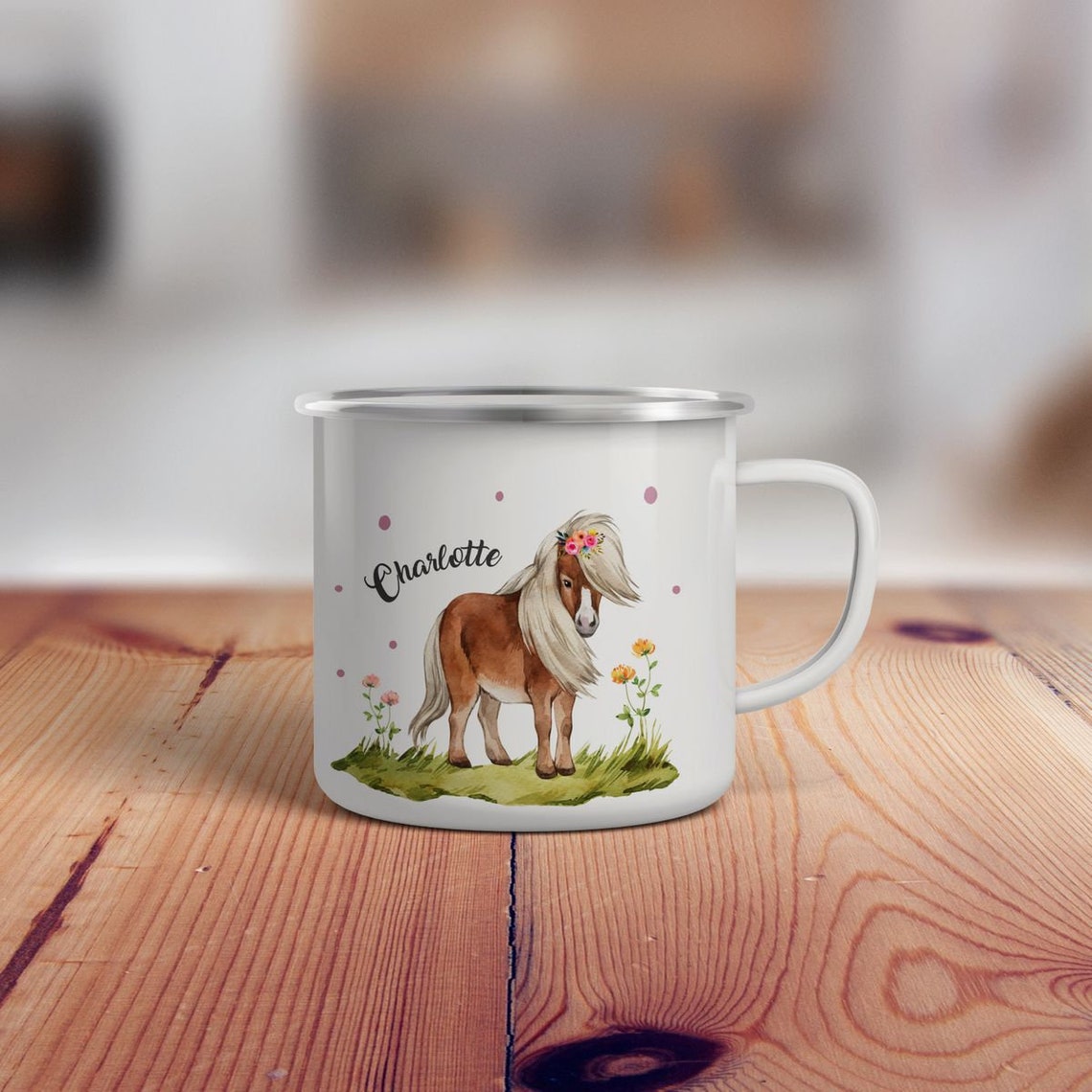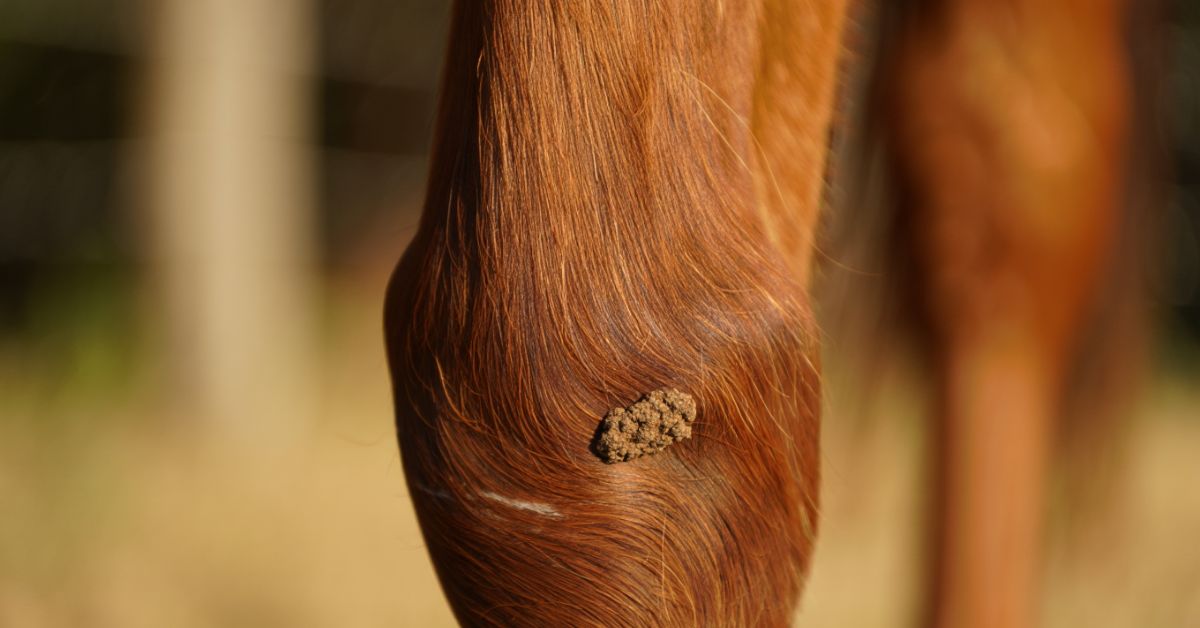
What is an Ergot on a Horse: Complete Guide to Understanding These Natural Growth Features
If you've ever wondered what is an ergot on a horse, you're not alone! Many horse enthusiasts notice these small, dark growths on their horse's legs and wonder about their purpose. Horse ergots are fascinating evolutionary remnants that tell an incredible story about our equine companions' ancient past. These natural formations, made of hardened keratin, appear as small, horn-like projections typically found on the back of a horse's fetlock joint.
What are ergots on a horse exactly? Simply put, they're small, triangular or finger-like growths of keratin on horse leg that serve as remnants from when horses had multiple toes millions of years ago. While they might seem mysterious or even concerning to new horse owners, equine ergots are completely normal and found on most horses. Understanding these unique features helps you become a more knowledgeable horse lover and ensures proper horse care and maintenance. Whether you're browsing for the perfect equestrian jewelry at Dream Horse or caring for your beloved companion, knowing about ergot horse hoof anatomy enhances your connection to these magnificent creatures.
Understanding the Anatomy and Location of Horse Ergots
Ergots on horse legs are located in a very specific spot that makes them easy to identify once you know where to look. You'll find these common equine growths on the back (or palmar/plantar surface) of the fetlock joint, which is the area between the cannon bone and the pastern. Think of the fetlock as the horse's "ankle" – it's that prominent joint that bends when your horse lifts their foot.
The anatomy of a horse's leg reveals these ergots as small, dark, triangular or finger-shaped projections made of hardened skin on horse leg. They're composed of the same material as hooves – keratin – which explains their tough, horn-like texture. Horse hoof anatomy and leg anatomy work together as an integrated system, and ergots are just one fascinating piece of this puzzle.
Key Anatomical Facts About Ergots
Most horses have ergots on their front legs, while rear leg ergots are less common and often smaller. The size can vary dramatically between individual horses – some have barely noticeable bumps, while others sport ergots that extend several inches. This variation is completely normal and doesn't indicate any health issues.
The equine limb structure shows us that ergots are positioned perfectly to avoid interference with movement. They're tucked away behind the fetlock where they won't contact the ground during normal locomotion. This strategic placement suggests they once served an important function in our horses' ancestors.
When examining your horse's ergots, you'll notice they feel quite hard and may have a slightly rough texture. Unlike the smooth hoof parts, ergots can appear somewhat scaly or layered, similar to how tree bark forms in rings. This keratin on horse leg builds up over time, which is why some horses develop longer ergots as they age.
The Evolutionary Purpose and Function of Horse Ergots
The purpose of horse ergots takes us on a fascinating journey back in time! These evolutionary remnants are believed to be vestiges from when horses had multiple toes – specifically, they represent what remains of the second and fourth digits that ancient horses used for traction and balance millions of years ago.
Function of ergots in modern horses is largely ceremonial, but they may still provide minor benefits. Some equine anatomists suggest they might offer slight protection to the soft tissue area behind the fetlock, acting like small bumpers during certain movements. While they don't serve the critical function they once did, equine ergots remain an interesting link to our horses' prehistoric past.
Comparing Ergots to Other Horse Features
Understanding ergot vs chestnut helps clarify these anatomical features. What is a horse chestnut differs significantly from ergots – chestnuts are the flat, oval patches found on the inside of horses' legs, while ergots are the small projections behind the fetlock. Both are made of keratin, but they occupy different locations and have different ancestral origins.
Think of ergots as nature's way of leaving breadcrumbs along the evolutionary trail. Just as humans have tailbones that remind us of our ancient past, horses carry these small reminders of their multi-toed ancestors. It's like wearing a piece of living history on each leg!
"The horse is a mirror to your soul. Sometimes you might not like what you see in the mirror." - Buck Brannaman
This quote reminds us that truly understanding our horses means appreciating every aspect of their being – including these small but fascinating equine anatomy terms that connect them to their ancient heritage.
➤ Also Read: What is Normal Temperature for a Horse: Essential Guide for Equestrians
Proper Care and Maintenance of Horse Ergots
Horse grooming should include regular attention to ergots, though they require minimal maintenance compared to other aspects of hoof care. Most ergots naturally wear down through normal activity, but some horses – particularly those with less turnout time – may develop longer ergots that benefit from periodic trimming.
Healthy horse hooves and legs go hand-in-hand with proper ergot care. During your regular grooming routine, take a moment to check your horse's ergots for any unusual changes in size, color, or texture. Normal ergots should feel firm but not overly hard, and they shouldn't show signs of cracking, bleeding, or unusual growth patterns.
Daily Ergot Care Routine
-
Gentle cleaning: Use a soft brush to remove dirt and debris from around the ergot area
-
Visual inspection: Look for any changes in size, shape, or color during daily grooming
-
Moisture check: Ensure the area isn't too wet or too dry, as extreme conditions can affect keratin health
-
Documentation: Note any significant changes to discuss with your horse farrier or veterinarian
Trimming ergots on horses isn't always necessary, but when it is needed, it should be done carefully. Do ergots need to be trimmed? The answer depends on several factors including the horse's lifestyle, the ergot's size, and whether it's causing any issues.
Professional vs. DIY Ergot Care
While basic cleaning and inspection can be done by any horse owner, trimming ergots on horses is often best left to professionals. A qualified horse farrier has the tools and expertise to safely remove excess keratin without causing discomfort or injury. They can also assess whether trimming is actually necessary or if the ergots are functioning normally.
If you notice your horse's ergots growing unusually large or causing apparent discomfort, it's time to consult with professionals. Natural horse care emphasizes working with the horse's natural processes rather than interfering unnecessarily, so trimming should only be done when truly beneficial.
When to Seek Professional Help for Ergot Issues
When to call a vet for ergots becomes important when you notice abnormal ergots or potential ergot injuries. While most ergots require minimal attention, certain signs indicate professional evaluation is needed.
Equine dermatology issues can sometimes affect the ergot area, particularly if your horse has sensitive skin or allergies. Swelling, discharge, excessive heat, or obvious pain when touching the ergot area are red flags that warrant immediate professional attention.
Warning Signs That Require Veterinary Care
-
Unusual discharge: Any pus, blood, or unusual moisture around the ergot
-
Excessive growth: Ergots that suddenly increase in size or change shape dramatically
-
Signs of pain: Horse showing discomfort when the ergot area is touched
-
Color changes: Ergots that become unusually pale, dark, or develop strange coloration
-
Cracking or splitting: Deep fissures that might allow bacterial entry
Horse leg growths that appear suddenly or change rapidly should always be evaluated by a veterinarian. While ergots are normal, other growths can appear in similar areas and may require different treatment approaches.
Understanding old horse anatomy helps us recognize that senior horses may develop more prominent ergots simply due to reduced activity levels and slower natural wear. This is usually normal, but regular monitoring ensures any concerning changes are caught early.
The hoof trimming guide your farrier follows should include ergot assessment as part of routine hoof care. Professional farriers understand understanding horse legs as integrated systems where hoof health, pastern alignment, and even ergot condition all contribute to overall soundness.
"In riding a horse, we borrow freedom" - Helen Thompson
This beautiful sentiment reminds us that caring for every aspect of our horses – from their hooves to their ergots – is part of honoring the freedom and partnership they offer us.
Frequently Asked Questions About Horse Ergots
What is an ergot on a horse and why do some horses have larger ones than others?
Horse ergots are natural keratin growths that vary in size due to genetics, activity level, and age. More active horses typically have smaller ergots due to natural wear, while horses with less turnout may develop more prominent ones. This variation is completely normal and doesn't indicate health problems.
Do all horses have ergots on their legs?
Most horses have ergots on horse legs, particularly on their front legs. Rear leg ergots are less common and often smaller. Some horses may have very small, barely noticeable ergots, while others have more prominent ones. The presence and size of equine ergots is largely determined by individual genetics.
How often should ergots be trimmed and who should do it?
Trimming ergots on horses isn't always necessary. Many horses naturally wear down their ergots through regular activity. When trimming is needed, it's best performed by a qualified horse farrier during routine hoof care visits. Do ergots need to be trimmed depends on the individual horse's lifestyle and ergot development.
Can ergots cause lameness or other health issues?
Normal ergot horse hoof formations rarely cause problems. However, abnormal ergots that become excessively large, cracked, or infected can potentially cause discomfort. Regular monitoring during horse grooming helps identify any concerning changes early.
What's the difference between ergots and chestnuts on horses?
Ergot vs chestnut is a common source of confusion. What is a horse chestnut differs from ergots in location and appearance – chestnuts are flat, oval patches on the inside of legs, while ergots are small projections behind the fetlock joint. Both are made of keratin on horse leg but represent different evolutionary remnants.
Are ergots related to hoof quality or overall horse health?
Healthy horse hooves and ergot condition often correlate since both are made of keratin and affected by nutrition and horse care and maintenance practices. Good nutrition supporting horse hoof keratin production benefits both hooves and ergots. However, ergot appearance alone isn't a reliable indicator of overall health.
Understanding what are ergots on a horse enhances your knowledge as an equine enthusiast and helps you provide better care for your beloved companions. Whether you're shopping for beautiful equestrian jewelry at Dream Horse to celebrate your passion or simply want to be a more informed horse lover, this knowledge connects you more deeply to the fascinating world of equine anatomy for beginners and beyond.








